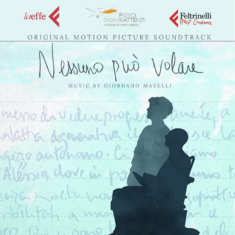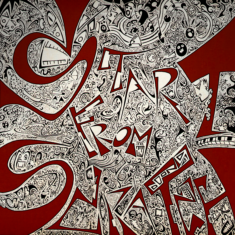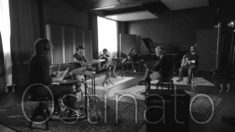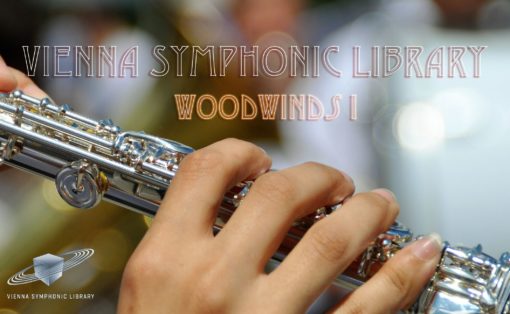This is for me a little dream becoming real since I’ve been wishing for several years to collect the Vienna Symphonic Library which is now part of my collection of VST libraries.
I really wanted to spend a few words about this product, especially about the Woodwinds I, because there are not many info available on the web. Indeed, the purchase of this product was driven by its reputation because apart from the official demo anybody really dedicated some time to showcase the whole potential of those sounds. Here I am then!
First of all, I got to say that the VSL’s greatest strength consists of having sampled the instrument in an extremely dry way giving the opportunity to eventually assign any kind of reverb and – if needed – to change the timbre of the instrument in order to use it successfully in many different musical contexts.
- Flute I – solo
- Oboe I – solo
- Clarinet I – solo
- Bassoon I – solo
- Flutes (ensemble)
- Oboes (ensemble)
- Clarinets (ensemble)
- Bassoons (ensemble)
Each one of the sounds has several types of ARTICULATIONS. All that you can hear in the Walkthrough has been realized with WWI (standard). The extended version can provide with a series of additional articulations though!
In the video below you’ll listen to:
- “Secret Of The Castle – John Williams” (Flute solo). The articulations used consist of both types of Staccato, Legato and Repeat. However, both types of Staccato are not balanced each other, this way the transition from one to another originates a volume mutation that has to be fixed with the Expression. The Legato is wonderful, perhaps one of the best ones I’ve ever used and it works very smoothly even during fast phrasings as you can hear. The Repeat emulates the double tonguing. In this case I’ve used it during a fast phrasing but it also serves to play again the same note even slowly. As regards this timbre, there are two articulations I can’t make work at the moment, but it is probably due to an installation problem that has compromised some of the files, so I’ll try to reinstall the whole thing.
- “Across the Stars – John Williams” (Oboe solo). With this melody I’ve used the Legato only. When we load the preset containing all the instrument’s articulations we can notice how the Vienna Instrument is programmed in order to automatically mutate the type of Legato on the basis of its performance speed and its velocity, and this makes those instruments easily playable.
- “Tale of Viktor Navorsky – John Williams” (Clarinet solo). The articulations here are both types of Staccato, Sforzato and Legato.
- “Berk Intro – John Powell” (Bassoon solo). I wish I played a different melody by John Williams but at that moment I couldn’t think of one of his bassoon solos, therefore I’ve decided to “switch the John.” This track shows how those sounds can be deep and warm at low dynamics, and with a low Velocity we can obtain a smoother attack and less breath sound.
- “Cadillac of the Skies – John Williams” (three player ensemble patches). Those patches come from the sampling of three instrumentalists, so we’ll have three flutes, three clarinets ect for each note. Though it’s not very realistic if we think that a double stop would be performed by six instrumentalists simultaneously. Therefore, a chord would be performed by nine players, a four-note chord would be played by twelve players and so on… Its benefit consists exclusively on creating an ensemble perception resulting by the oscillations typical of a melody played in unison. I believe this is a very useful tool in order to be able to successfully blend the woodwinds with the rest of the orchestra, either real or programmed.
In conclusion, in my opinion the VSL always keep on the finest quality compared to the most recent libraries like Berlin Woodwinds (Orchestral Tools) which is harder to handle and its sounds are provided with less overtones, and it tends to always sit behind the mix. The VSL is present like the Mini-Moog is into progressive rock music. In fact, if we close our eyes it seems like the sound source is coming from 6 ft. The only cons is that it’s not possible to make a transition between a non-vibrato to a vibrato sound because all samples have made vibrato, regardless.
I’m very satisfied with this purchase and I hope I can get the VSL Percussion and the VSL Harps soon.
In the Walkthrough I’ve only added a concert convolution reverb with no Eq, compressors or limiters at all.
Let me know what you think about it by leaving a comment on Youtube.




